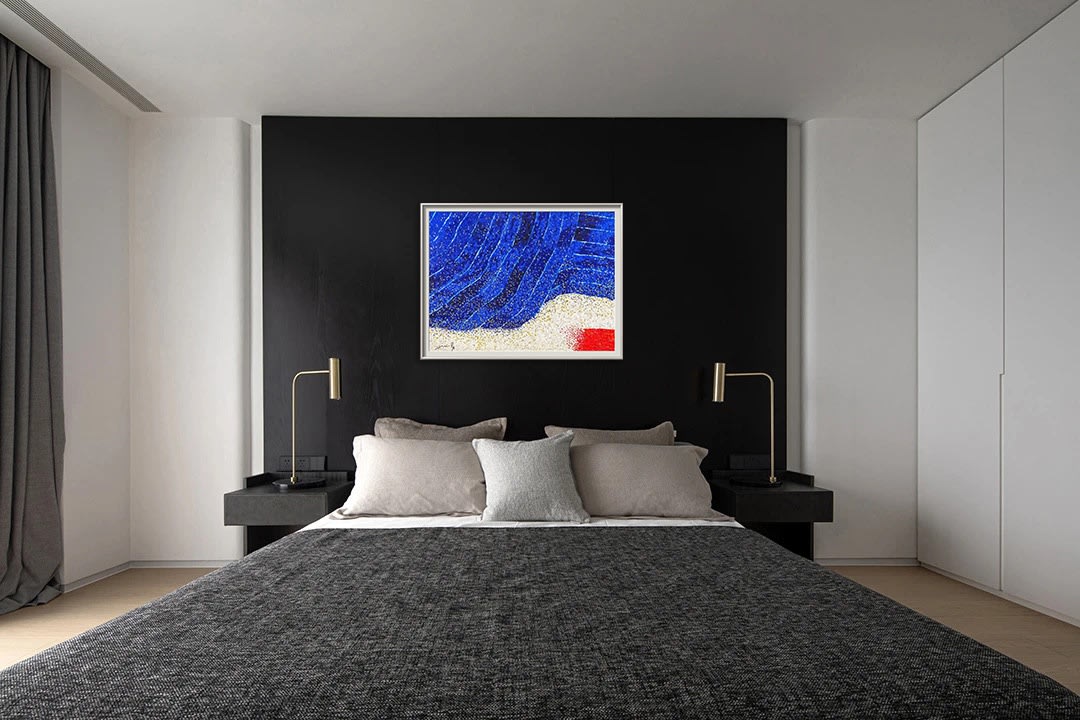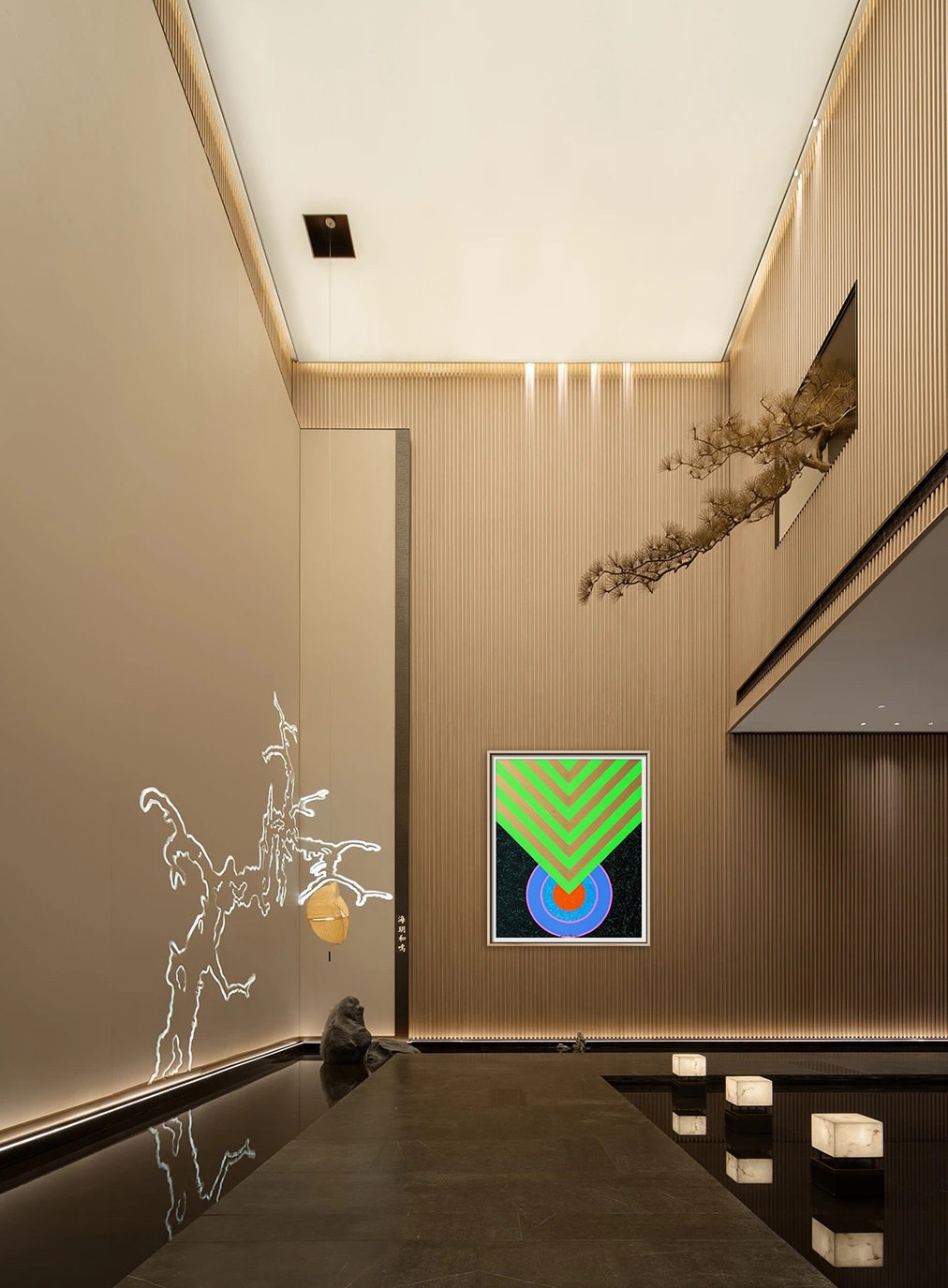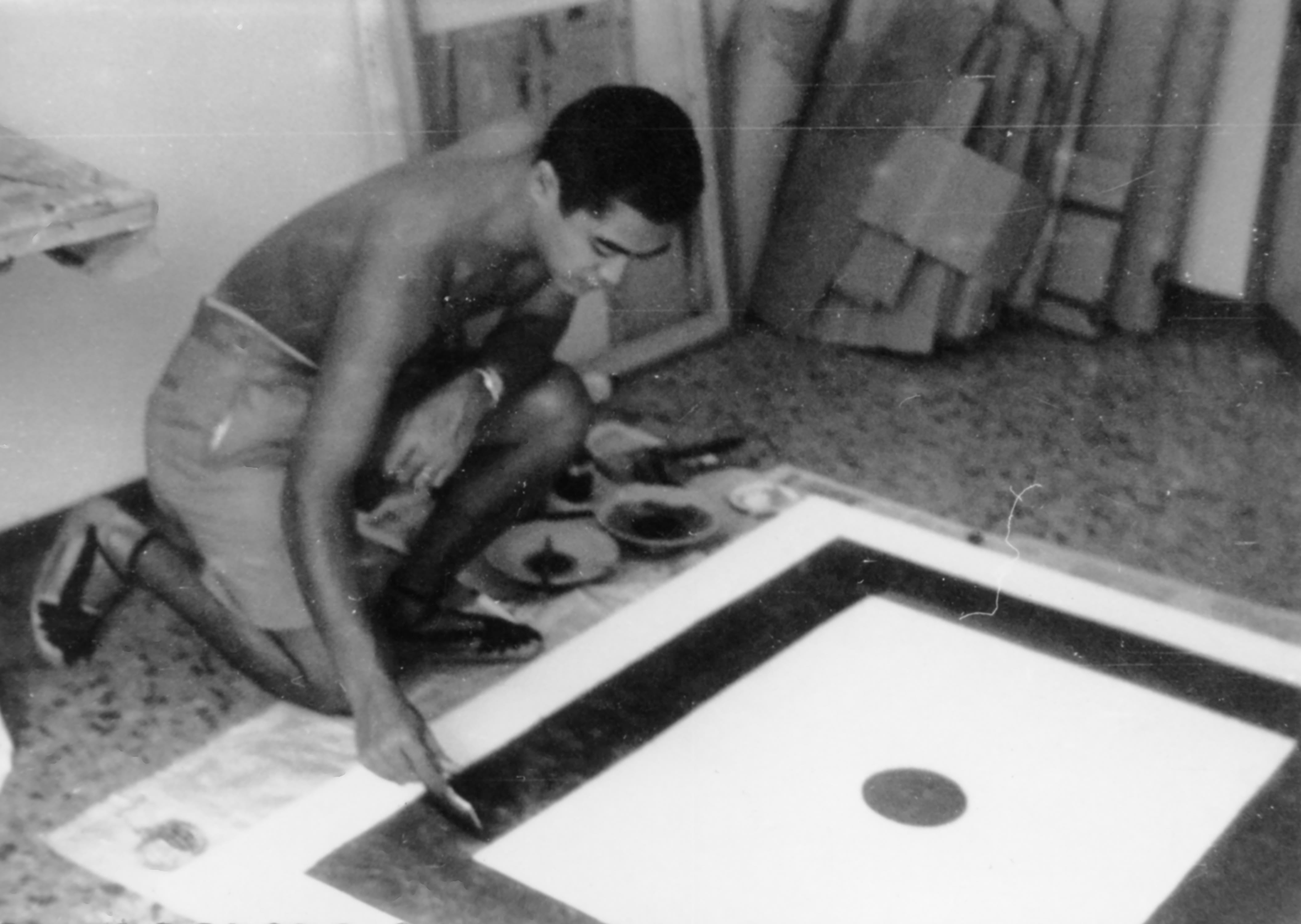-
 Hsiao Chin 蕭勤, Blue Introspection 藍色之省思, 2007 - 2018
Hsiao Chin 蕭勤, Blue Introspection 藍色之省思, 2007 - 2018 -

-

-
HSIAO CHIN: A FUNDAMENTAL SENSE OF HOPE
BY RICHARD CORK
WRITTEN FOR HSIAO CHIN'S RETROSPECTIVE IN MY BEGINNING IS MY END: THE ART OF HSIAO CHIN, AT MARK ROTHKO ART CENTRE, LATVIA IN CELEBRATION OF THE ARTIST'S 85TH BIRTHDAY, RICHARD CORK EXAMINES HSIAO'S EARLY WORKS FROM THE 50S AND WALKS YOU THROUGH THE EXTRAORDINARY SIXTY-YEAR OEUVRE OF THE POST-WAR ABSTRACT MASTER OF THE EAST.
READ THE FULL ARTICLE
-
ADDITIONAL CONTENT
-
In the 1950s, Hsiao Chin started to explore abstract art which was based on his core concept of “Eastern Spirit”: the quest for Eastern spirituality and modern artistic expression. Hsiao established his own artistic approach as well as a unique vision on how art should be created. Like his senior masters Lin Fengmian and Zao Wou-ki who travelled to France, Hsiao Chin was greatly motivated by Western art during his stay in Spain and subsequently moved to Italy, but developed an interest in Zen and Taoism – in particular the ideas of Lao Tzu and Chuang Tzu – around the 1960s.
Drawing artistic nourishment from his study of traditional Chinese culture and Eastern philosophies, he was capable of understanding and capturing the complex dialects between the void and the solid, strength and weakness. Freely transforming them into his abstract visual language, Hsiao showed great ambition to develop his own style of abstract painting that emphasized the dichotomous nature of the world, which would be at once distinguishable from, yet reflective of, Western abstract art at that time.
Having lived and worked abroad for 60 years, Hsiao successfully integrated his extensive studies of Western aesthetics and Eastern philosophies, as well as his interest in space science, in his artistic creation. Through self-discovery and a spiritual quest for transcendence, Hsiao’s creative process is rooted in his perpetual exploration of the deepest meanings in man’s spiritual world. With an endless adventure of abstract art and self-reflection, Hsiao has pursued the ideal realm of “Nature and Man in One” greatly beyond the boundaries of life and death.
In 1955, with a group of artists who shared his aesthetic vision, Hsiao Chin co-founded the Ton Fang Art Group, the first post-war Chinese modern art group. The group blended techniques from traditional Eastern art with Western modernism, while promoting Chinese modern art overseas. In 1956, Hsiao embarked on a series of travels in America and Europe, moving first to Madrid and finally settling in Milan, where he has lived for over half a century. In 1961, Hsiao Chin co-founded the Punto International Art Movement, the first ever international avant-garde art movement initiated by an Asian artist with the aim of promoting Oriental philosophy of “calm observation”.
-
APPRECIATE AND COLLECT











